Elevated liver enzymes numbers. Understanding Elevated Liver Enzymes: Causes, Symptoms, and Management
What are elevated liver enzymes. How are liver enzyme levels interpreted. What causes elevated liver enzymes. What are the symptoms of elevated liver enzymes. How are elevated liver enzymes diagnosed and treated. What are the long-term implications of elevated liver enzymes. How can elevated liver enzymes be prevented.
Decoding Liver Enzyme Tests: What Do the Numbers Mean?
Liver enzyme tests are crucial diagnostic tools used to assess liver health and function. The most commonly measured liver enzymes include:
- Alanine aminotransferase (ALT)
- Aspartate aminotransferase (AST)
- Alkaline phosphatase (ALP)
- Gamma-glutamyl transferase (GGT)
Elevated levels of these enzymes can indicate liver damage or disease. But what exactly constitutes “elevated” levels?
Normal ranges for liver enzymes can vary slightly depending on the laboratory and testing method used. Generally, the following ranges are considered normal:
- ALT: 7-56 units per liter (U/L)
- AST: 10-40 U/L
- ALP: 44-147 U/L
- GGT: 9-48 U/L
Levels above these ranges are considered elevated and may warrant further investigation.
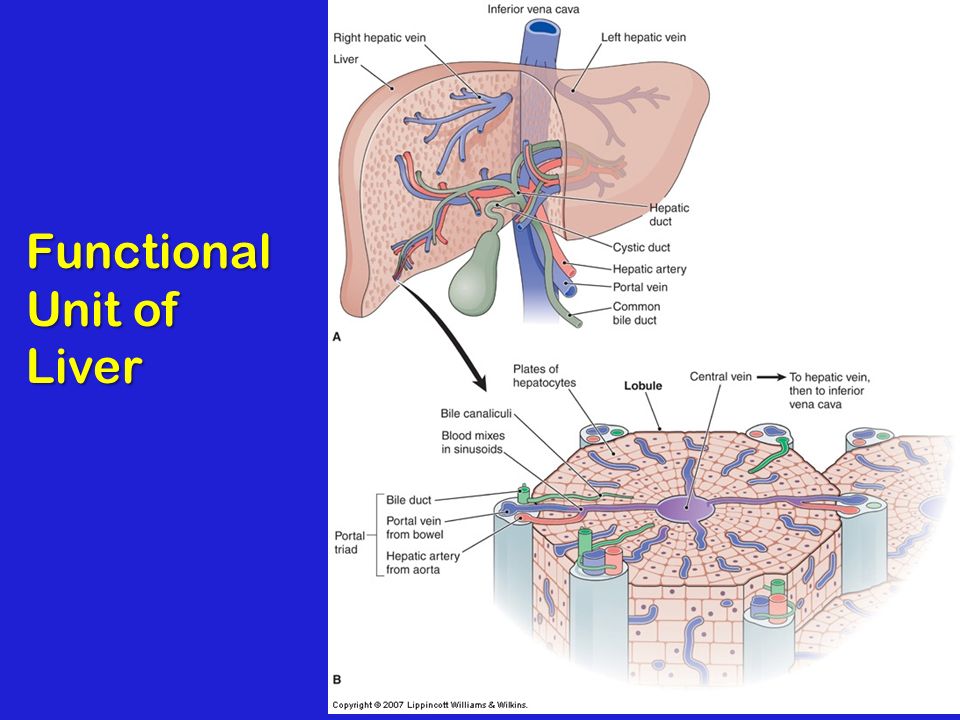
Interpreting Elevation Patterns
The pattern of enzyme elevation can provide clues about the underlying cause:
- Predominantly elevated ALT and AST: Often indicates hepatocellular damage (e.g., viral hepatitis, alcohol-induced liver disease)
- Predominantly elevated ALP and GGT: Suggests cholestatic liver disease (e.g., bile duct obstruction)
- AST/ALT ratio > 2: May indicate alcoholic liver disease
- Mild elevations (< 2-3 times upper limit of normal): Can be seen in non-alcoholic fatty liver disease (NAFLD)
Is the degree of elevation important? Indeed, the magnitude of elevation can provide insights into the severity of liver damage. Mild elevations (< 5 times upper limit of normal) are often less concerning than severe elevations (> 15 times upper limit of normal), which may indicate acute liver injury.
Common Causes of Elevated Liver Enzymes
Elevated liver enzymes can result from various conditions affecting the liver. Some of the most common causes include:
1. Non-alcoholic Fatty Liver Disease (NAFLD)
NAFLD is becoming increasingly prevalent, affecting up to 25% of the global population. It’s characterized by fat accumulation in the liver, often associated with obesity, diabetes, and metabolic syndrome. NAFLD typically causes mild to moderate elevations in ALT and AST.

2. Alcoholic Liver Disease
Excessive alcohol consumption can lead to liver damage and elevated enzymes. The AST/ALT ratio is often > 2 in alcoholic liver disease, distinguishing it from other causes.
3. Viral Hepatitis
Hepatitis B and C viruses can cause acute or chronic liver inflammation, resulting in elevated enzymes. In acute viral hepatitis, enzyme levels can be severely elevated (> 1000 U/L).
4. Medications
Many medications can cause drug-induced liver injury (DILI), leading to elevated enzymes. Common culprits include acetaminophen, statins, and certain antibiotics.
5. Autoimmune Liver Diseases
Conditions like autoimmune hepatitis, primary biliary cholangitis, and primary sclerosing cholangitis can cause chronic liver inflammation and elevated enzymes.
Recognizing Symptoms Associated with Elevated Liver Enzymes
Can elevated liver enzymes cause noticeable symptoms? In many cases, especially with mild elevations, there may be no apparent symptoms. However, when liver damage progresses or becomes severe, the following symptoms may occur:

- Fatigue
- Abdominal pain or discomfort
- Jaundice (yellowing of skin and eyes)
- Itchy skin
- Dark urine
- Pale stools
- Nausea or loss of appetite
- Swelling in the legs and ankles
It’s important to note that these symptoms are not specific to elevated liver enzymes and can occur in various liver conditions. Therefore, proper medical evaluation is crucial for accurate diagnosis.
Diagnostic Approach to Elevated Liver Enzymes
When faced with elevated liver enzymes, healthcare providers typically follow a systematic approach to determine the underlying cause:
1. Detailed Medical History
This includes assessing risk factors such as alcohol consumption, medication use, family history of liver disease, and potential exposure to hepatitis viruses.
2. Physical Examination
The doctor will look for signs of liver disease, such as jaundice, abdominal tenderness, or an enlarged liver.
3. Additional Blood Tests
Further tests may include:
- Complete blood count
- Coagulation studies
- Hepatitis virus serologies
- Autoimmune markers
- Iron studies
- Ceruloplasmin (to rule out Wilson’s disease)

4. Imaging Studies
Ultrasound, CT, or MRI of the liver may be performed to assess liver structure and identify any masses or signs of cirrhosis.
5. Liver Biopsy
In some cases, a liver biopsy may be necessary to confirm the diagnosis or assess the severity of liver damage.
How long does it take to diagnose the cause of elevated liver enzymes? The diagnostic process can take anywhere from a few days to several weeks, depending on the complexity of the case and the need for specialized tests.
Treatment Strategies for Elevated Liver Enzymes
The treatment of elevated liver enzymes depends on the underlying cause. Here are some common approaches:
1. Lifestyle Modifications
For NAFLD and alcoholic liver disease, lifestyle changes are crucial:
- Weight loss through diet and exercise
- Alcohol cessation
- Managing diabetes and other metabolic conditions
2. Medication Management
If a medication is causing elevated enzymes, it may need to be discontinued or replaced. For viral hepatitis, antiviral medications may be prescribed.

3. Treatment of Underlying Conditions
Autoimmune liver diseases may require immunosuppressive medications. Other specific treatments depend on the identified cause.
4. Liver Support Supplements
Some healthcare providers may recommend supplements like milk thistle or N-acetylcysteine, although their efficacy is still being studied.
How long does it take for liver enzymes to return to normal after treatment? The timeline can vary greatly depending on the cause and severity of liver damage. In some cases, enzymes may normalize within weeks, while in others, it may take months or even years of ongoing management.
Long-Term Implications of Elevated Liver Enzymes
Persistent elevation of liver enzymes can have significant long-term consequences if left untreated:
1. Progression to Cirrhosis
Chronic liver inflammation can lead to fibrosis and eventually cirrhosis, a severe scarring of the liver that impairs its function.
2. Increased Risk of Liver Cancer
Individuals with chronic liver disease and cirrhosis have a higher risk of developing hepatocellular carcinoma.

3. Liver Failure
In severe cases, untreated liver disease can progress to liver failure, necessitating transplantation.
4. Systemic Complications
Liver dysfunction can affect multiple organ systems, leading to complications such as:
- Portal hypertension
- Hepatic encephalopathy
- Coagulation disorders
- Ascites
Can elevated liver enzymes resolve on their own? In some cases, particularly with mild elevations due to transient causes like viral infections or medication reactions, liver enzymes may return to normal without specific treatment. However, persistent elevations should always be evaluated and managed to prevent long-term complications.
Preventing Elevated Liver Enzymes: Strategies for Liver Health
While not all causes of elevated liver enzymes are preventable, several strategies can help maintain liver health and reduce the risk of liver damage:
1. Maintain a Healthy Weight
Obesity is a significant risk factor for NAFLD. Achieving and maintaining a healthy weight through balanced diet and regular exercise can help prevent liver fat accumulation.
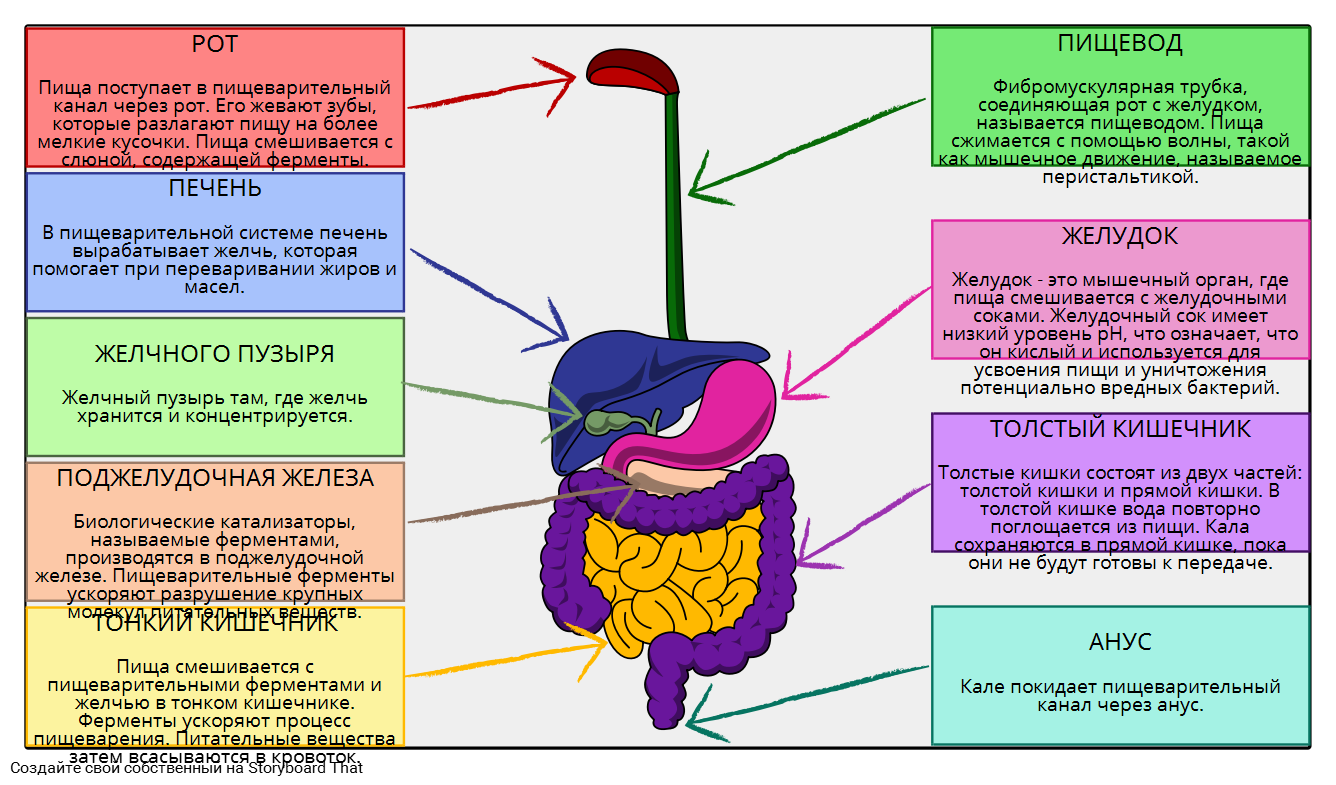
2. Limit Alcohol Consumption
Excessive alcohol intake is a common cause of liver damage. Limiting alcohol consumption to moderate levels (or avoiding it entirely) can significantly reduce the risk of alcoholic liver disease.
3. Practice Safe Behaviors
Preventing viral hepatitis is crucial for liver health:
- Get vaccinated against hepatitis A and B
- Practice safe sex
- Avoid sharing needles or personal items that may come into contact with blood
4. Use Medications Responsibly
Follow prescribed dosages and be aware of potential liver-related side effects. Avoid excessive use of over-the-counter pain medications, especially acetaminophen.
5. Manage Chronic Conditions
Properly controlling conditions like diabetes, high cholesterol, and metabolic syndrome can help prevent liver damage.
6. Consider Protective Foods and Supplements
Some studies suggest that certain foods and supplements may have liver-protective properties:
- Coffee (in moderation)
- Green tea
- Fruits and vegetables high in antioxidants
- Omega-3 fatty acids
However, it’s important to consult with a healthcare provider before starting any new supplement regimen.

How often should liver enzymes be monitored in individuals at risk? The frequency of monitoring depends on individual risk factors and any existing liver conditions. For those with known liver disease, monitoring may be recommended every 3-6 months. For individuals with risk factors but no known liver disease, annual screening may be sufficient. Always follow your healthcare provider’s recommendations for monitoring.
Emerging Research and Future Directions in Liver Enzyme Management
The field of hepatology is continually evolving, with new research shedding light on liver enzyme elevations and their implications. Some exciting areas of ongoing research include:
1. Non-Invasive Fibrosis Assessment
Researchers are developing and refining non-invasive methods to assess liver fibrosis, potentially reducing the need for liver biopsies. These include:
- Transient elastography (FibroScan)
- Magnetic resonance elastography
- Serum biomarker panels (e.g., FibroTest, Enhanced Liver Fibrosis test)

2. Genetic Factors in Liver Enzyme Elevations
Studies are exploring genetic variations that may predispose individuals to liver enzyme elevations or influence their response to liver injury. This research may lead to more personalized approaches to liver disease management.
3. Novel Therapeutic Targets
Researchers are investigating new treatment approaches for conditions like NAFLD and NASH (non-alcoholic steatohepatitis), including:
- FXR agonists
- PPAR agonists
- Antifibrotic agents
4. Microbiome and Liver Health
The role of the gut microbiome in liver health is an area of intense research. Studies are exploring how modulating the microbiome might influence liver enzyme levels and overall liver health.
5. Artificial Intelligence in Liver Disease Diagnosis
Machine learning algorithms are being developed to assist in the interpretation of liver enzyme patterns and imaging studies, potentially improving diagnostic accuracy and efficiency.
What impact will these emerging research areas have on the management of elevated liver enzymes? As our understanding of liver physiology and pathology deepens, we can expect more precise diagnostic tools, targeted therapies, and personalized management strategies for individuals with elevated liver enzymes. This ongoing research holds the promise of improved outcomes and quality of life for those affected by liver disorders.

In conclusion, elevated liver enzymes serve as important indicators of liver health, requiring careful interpretation and management. By understanding the causes, implications, and management strategies associated with elevated liver enzymes, individuals can take proactive steps to maintain liver health and overall well-being. As research continues to advance, we can look forward to even more sophisticated approaches to diagnosing, treating, and preventing liver disorders in the future.
Elevated Liver Enzymes in Asymptomatic Patients – What Should I Do?
1. Hultcrantz R, Glaumann H, Lindberg G, Nilsson LH. Liver investigation in 149 asymptomatic patients with moderately elevated activities of serum aminotransferases. Scand J Gastroenterol. 1986;21:109–113. 10.3109/00365528609034632. [PubMed] [Google Scholar]
2. Ioannou GN, Boyko EJ, Lee SP. The prevalence and predictors of elevated serum aminotransferase activity in the United States in 1999–2002. Am J Gastroenterol. 2006;101:76–82. 10.1111/j.1572-0241.2005.00341.x. [PubMed] [Google Scholar]
3. Kwo PY, Cohen SM, Lim JK. ACG clinical guideline: evaluation of abnormal liver chemistries. Am J Gastroenterol. 2017;112:18–35. 10.1038/ajg.2016.517. [PubMed] [Google Scholar]
4. Dufour DR, Lott JA, Nolte FS, Gretch DR, Koff RS, Seeff LB. Diagnosis and monitoring of hepatic injury. II. Recommendations for use of laboratory tests in screening, diagnosis, and monitoring. Clin Chem. 2000;46:2050–2068. [PMC free article] [PubMed] [Google Scholar]
[PMC free article] [PubMed] [Google Scholar]
5. Dufour DR. Effects of habitual exercise on routine laboratory tests. Clin Chem. 1998;44:A136. [Google Scholar]
6. Green RM, Flamm S. AGA technical review on the evaluation of liver chemistry tests. Gastroenterology. 2002;123:1367–1384. 10.1053/gast.2002.36061. [PubMed] [Google Scholar]
7. Pratt DS, Kaplan MM. Evaluation of abnormal liver-enzyme results in asymptomatic patients. N Engl J Med. 2000;342:1266–1271. 10.1056/NEJM200004273421707. [PubMed] [Google Scholar]
8. Gopal DV, Rosen HR. Abnormal findings on liver function tests. Interpreting results to narrow the diagnosis and establish a prognosis. Postgrad Med. 2000;107:100–114. 10.3810/pgm.2000.02.869. [PubMed] [Google Scholar]
9. Friedman LS, Dienstag JL, Watkins E, Hinkle CA, Spiers JA, Rieder SV, et al. Evaluation of blood donors with elevated serum alanine aminotransferase levels. Ann Intern Med. 1987;107:137–144. 10.7326/0003-4819-107-2-137. [PubMed] [Google Scholar]
10. Hay JE, Czaja AJ, Rakela J, Ludwig J. The nature of unexplained chronic aminotransferase elevations of a mild to moderate degree in asymptomatic patients. Hepatology. 1989;9:193–197. 10.1002/hep.1840090205. [PubMed] [Google Scholar]
Hay JE, Czaja AJ, Rakela J, Ludwig J. The nature of unexplained chronic aminotransferase elevations of a mild to moderate degree in asymptomatic patients. Hepatology. 1989;9:193–197. 10.1002/hep.1840090205. [PubMed] [Google Scholar]
11. Daniel S, Ben-Menachem T, Vasudevan G, Ma CK, Blumenkehl M. Prospective evaluation of unexplained chronic liver transaminase abnormalities in asymptomatic and symptomatic patients. Am J Gastroenterol. 1999;94:3010–3014. 10.1111/j.1572-0241.1999.01451.x. [PubMed] [Google Scholar]
12. Harrison SA, Kadakia S, Lang KA, Schenker S. Nonalcoholic steatohepatitis: what we know in the new millennium. Am J Gastroenterol. 2002;97:2714–2724. 10.1111/j.1572-0241.2002.07069.x. [PubMed] [Google Scholar]
13. Aragon G, Younossi ZM. When and how to evaluate mildly elevated liver enzymes in apparently healthy patients. Cleve Clin J Med. 2010;77:195–204. 10.3949/ccjm.77a.09064. [PubMed] [Google Scholar]
14. Rude MK, Kerr T, Lisker-Melman M. Liver diseases.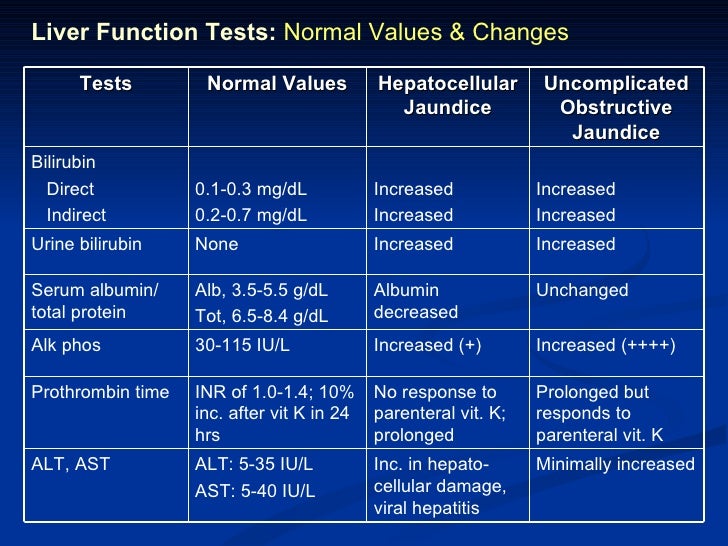 In: Godara H, Hirbe A, Nassif M, Otepka H, Rosenstock A, editors. The washington manual of medical therapeutics. 34th Edition. Washington: Lippincott Williams & Wilkins; 2014. pp. 664–721. [Google Scholar]
In: Godara H, Hirbe A, Nassif M, Otepka H, Rosenstock A, editors. The washington manual of medical therapeutics. 34th Edition. Washington: Lippincott Williams & Wilkins; 2014. pp. 664–721. [Google Scholar]
15. Verslype C. Evaluation of abnormal liver-enzyme results in asymptomatic patients. Acta Clin Belg. 2004;59:285–289. 10.1179/acb.2004.042. [PubMed] [Google Scholar]
16. Das A, Post AB. Should liver biopsy be done in asymptomatic patients with chronically elevated transaminases: A costutility analysis. Gastroenterology. 1998;114:A9. 10.1016/S0016-5085(98)80035-8. [Google Scholar]
17. Sorbi D, McGill DB, Thistle JL, Therneau TM, Henry J, Lindor KD. An assessment of the role of liver biopsies in asymptomatic patients with chronic liver test abnormalities. Am J Gastroenterol. 2000;95:3206–3210. 10.1111/j.1572-0241.2000.03293.x. [PubMed] [Google Scholar]
18. Cohen JA, Kaplan MM. The SGOT/SGPT ratio–an indicator of alcoholic liver disease. Dig Dis Sci. 1979;24:835–838. 10.1007/BF01324898. [PubMed] [Google Scholar]
10.1007/BF01324898. [PubMed] [Google Scholar]
19. Diehl AM, Potter J, Boitnott J, Van Duyn MA, Herlong HF, Mezey E. Relationship between pyridoxal 5’-phosphate deficiency and aminotransferase levels in alcoholic hepatitis. Gastroenterology. 1984;86:632–636. [PubMed] [Google Scholar]
20. Ruhl CE, Everhart JE. Joint effects of body weight and alcohol on elevated serum alanine aminotransferase in the United States population. Clin Gastroenterol Hepatol. 2005;3:1260–1268. 10.1016/S1542-3565(05)00743-3. [PubMed] [Google Scholar]
21. Alter HJ. To C or not to C: these are the questions. Blood. 1995;85:1681–1695. [PubMed] [Google Scholar]
22. Everhart JE. Digestive diseases in the United States: Epidemiology and impact. Maryland: NIH Publication; 1994. pp. 94–1447. [Google Scholar]
23. Dancygier H, Rogart JN. Approach to the patient with abnormal liver enzymes. In: Dancygier H, editor. Clinical hepatology. Verlag Berlin Heidelberg: Springer; 2010. pp. 533–547. 10.1007/978-3-540-93842-2_49. [Google Scholar]
10.1007/978-3-540-93842-2_49. [Google Scholar]
24. Raimondo G, Navarra G, Mondello S, Costantino L, Colloredo G, Cucinotta E, et al. Occult hepatitis B virus in liver tissue of individuals without hepatic disease. J Hepatol. 2008;48:743–746. 10.1016/j.jhep.2008.01.023. [PubMed] [Google Scholar]
25. Schiff ER, de Medina M, Kahn RS. New perspectives in the diagnosis of hepatitis C. Semin Liver Dis. 1999;19(Suppl 1):3–15. [PubMed] [Google Scholar]
26. Halfon P, Bourlière M, Pénaranda G, Khiri H, Ouzan D. Real-time PCR assays for hepatitis C virus (HCV) RNA quantitation are adequate for clinical management of patients with chronic HCV infection. J Clin Microbiol. 2006;44:2507–2511. 10.1128/JCM.00163-06. [PMC free article] [PubMed] [Google Scholar]
27. Giannini EG, Testa R, Savarino V. Liver enzyme alteration: a guide for clinicians. CMAJ. 2005;172:367–379. 10.1503/cmaj.1040752. [PMC free article] [PubMed] [Google Scholar]
28. Williams AL, Hoofnagle JH. Ratio of serum aspartate to alanine aminotransferase in chronic hepatitis.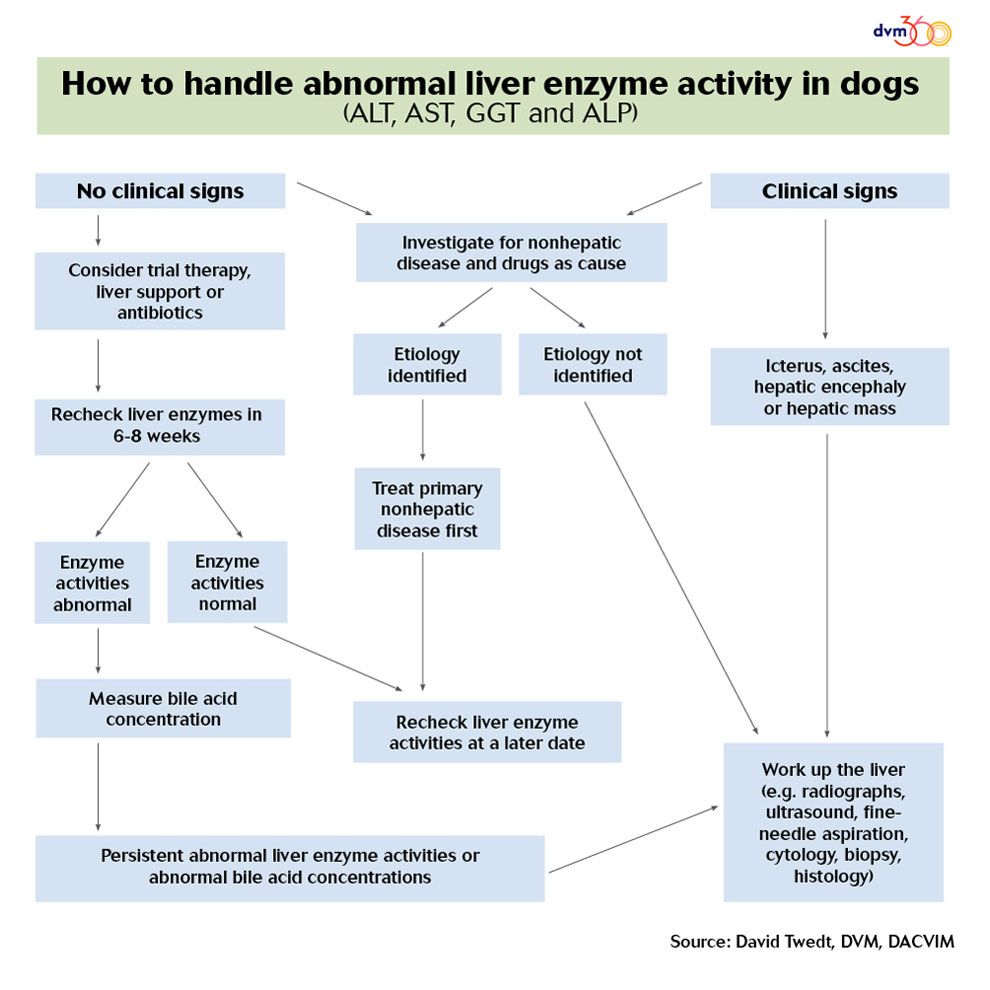 Relationship to cirrhosis. Gastroenterology. 1988;95:734–739. 10.1016/S0016-5085(88)80022-2. [PubMed] [Google Scholar]
Relationship to cirrhosis. Gastroenterology. 1988;95:734–739. 10.1016/S0016-5085(88)80022-2. [PubMed] [Google Scholar]
29. Giannini E, Botta F, Fasoli A, Ceppa P, Risso D, Lantieri PB, et al. Progressive liver functional impairment is associated with an increase in AST/ALT ratio. Dig Dis Sci. 1999;44:1249–1253. 10.1023/A:1026609231094. [PubMed] [Google Scholar]
30. Giannini E, Risso D, Botta F, Chiarbonello B, Fasoli A, Malfatti F, et al. Validity and clinical utility of the aspartate aminotransferase-alanine aminotransferase ratio in assessing disease severity and prognosis in patients with hepatitis C virus-related chronic liver disease. Arch Intern Med. 2003;163:218–224. 10.1001/archinte.163.2.218. [PubMed] [Google Scholar]
31. Giannini E, Botta F, Testa E, Romagnoli P, Polegato S, Malfatti F, et al. The 1-year and 3-month prognostic utility of the AST/ALT ratio and model for end-stage liver disease score in patients with viral liver cirrhosis. Am J Gastroenterol.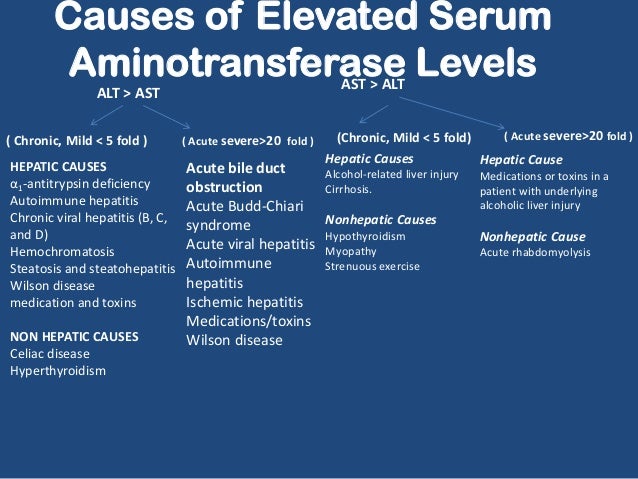 2002;97:2855–2860. 10.1111/j.1572-0241.2002.07053.x. [PubMed] [Google Scholar]
2002;97:2855–2860. 10.1111/j.1572-0241.2002.07053.x. [PubMed] [Google Scholar]
32. Sorbi D, Boynton J, Lindor KD. The ratio of aspartate aminotransferase to alanine aminotransferase: potential value in differentiating nonalcoholic steatohepatitis from alcoholic liver disease. Am J Gastroenterol. 1999;94:1018–1022. 10.1111/j.1572-0241.1999.01006.x. [PubMed] [Google Scholar]
33. Bacon BR, Farahvash MJ, Janney CG, Neuschwander-Tetri BA. Nonalcoholic steatohepatitis: an expanded clinical entity. Gastroenterology. 1994;107:1103–1109. 10.1016/0016-5085(94)90235-6. [PubMed] [Google Scholar]
34. Brunt EM. Nonalcoholic steatohepatitis. Semin Liver Dis. 2004;24:3–20. 10.1055/s-2004-823098. [PubMed] [Google Scholar]
35. Diehl AM, Goodman Z, Ishak KG. Alcohollike liver disease in nonalcoholics. A clinical and histologic comparison with alcohol-induced liver injury. Gastroenterology. 1988;95:1056–1062. 10.1016/0016-5085(88)90183-7. [PubMed] [Google Scholar]
36. Angulo P, Keach JC, Batts KP, Lindor KD.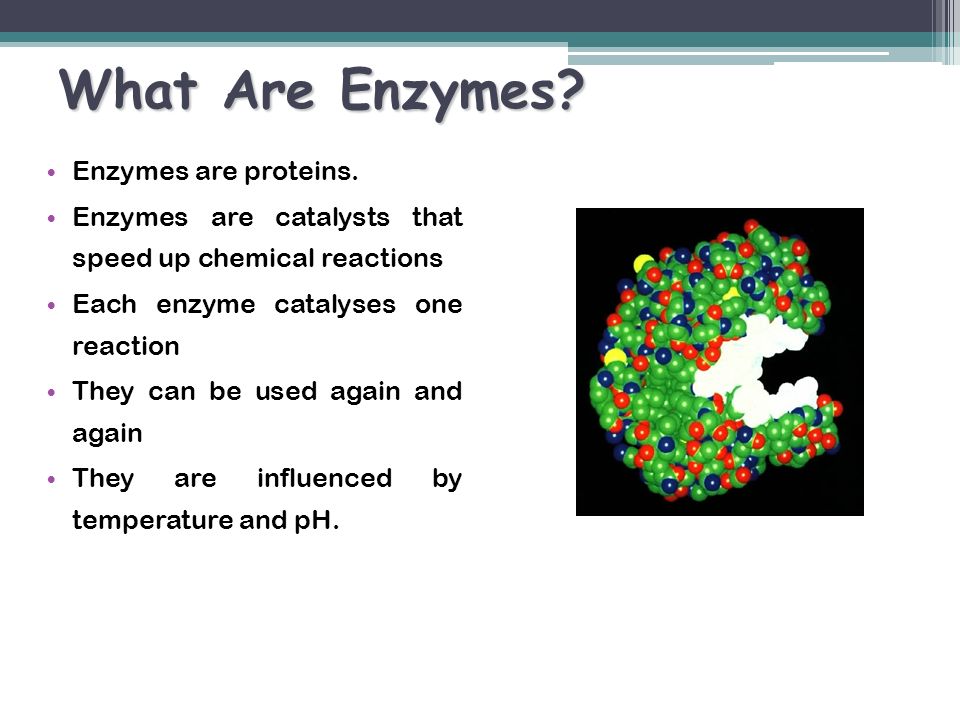 Independent predictors of liver fibrosis in patients with nonalcoholic steatohepatitis. Hepatology. 1999;30:1356–1362. 10.1002/hep.510300604. [PubMed] [Google Scholar]
Independent predictors of liver fibrosis in patients with nonalcoholic steatohepatitis. Hepatology. 1999;30:1356–1362. 10.1002/hep.510300604. [PubMed] [Google Scholar]
37. Mofrad P, Contos MJ, Haque M, Sargeant C, Fisher RA, Luketic VA, et al. Clinical and histologic spectrum of nonalcoholic fatty liver disease associated with normal ALT values. Hepatology. 2003;37:1286–1292. 10.1053/jhep.2003.50229. [PubMed] [Google Scholar]
38. Matteoni CA, Younossi ZM, Gramlich T, Boparai N, Liu YC, McCullough AJ. Nonalcoholic fatty liver disease: a spectrum of clinical and pathological severity. Gastroenterology. 1999;116:1413–1419. 10.1016/S0016-5085(99)70506-8. [PubMed] [Google Scholar]
39. Eriksson S, Eriksson KF, Bondesson L. Nonalcoholic steatohepatitis in obesity: a reversible condition. Acta Med Scand. 1986;220:83–88. 10.1111/j.0954-6820.1986.tb02733.x. [PubMed] [Google Scholar]
40. Lavine JE. Treatment of obesity-induced steatohepatitis with vitamin E. Gastroenterology.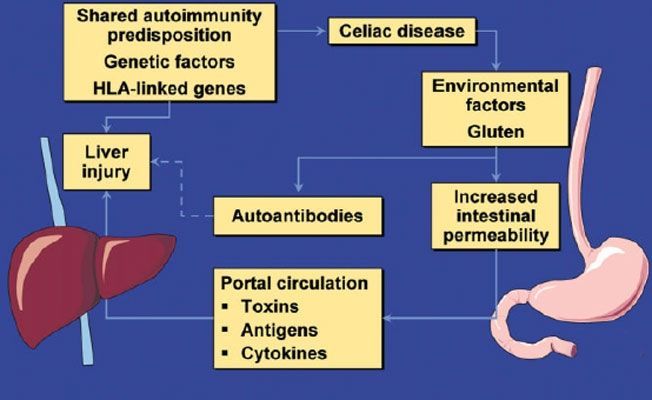 1998;114:A1284–A1285. 10.1016/S0016-5085(98)85214-1. [Google Scholar]
1998;114:A1284–A1285. 10.1016/S0016-5085(98)85214-1. [Google Scholar]
41. Powell LW, George DK, McDonnell SM, Kowdley KV. Diagnosis of hemochromatosis. Ann Intern Med. 1998;129:925–931. 10.7326/0003-4819-129-11_Part_2-199812011-00002. [PubMed] [Google Scholar]
42. Tavill AS, American Association for the Study of Liver Diseases. American College of Gastroenterology. American Gastroenterological Association Diagnosis and management of hemochromatosis. Hepatology. 2001;33:1321–1328. 10.1053/jhep.2001.24783. [PubMed] [Google Scholar]
43. Guyader D, Jacquelinet C, Moirand R, Turlin B, Mendler MH, Chaperon J, et al. Noninvasive prediction of fibrosis in C282Y homozygous hemochromatosis. Gastroenterology. 1998;115:929–936. 10.1016/S0016-5085(98)70265-3. [PubMed] [Google Scholar]
44. Morrison ED, Kowdley KV. Genetic liver disease in adults. Early recognition of the three most common causes. Postgrad Med. 2000;107:147–159. 10.3810/pgm.2000.02.872. [PubMed] [Google Scholar]
45. Krawitt EL. Autoimmune hepatitis. N Engl J Med. 1996;334:897–903. 10.1056/NEJM199604043341406. [PubMed] [Google Scholar]
Krawitt EL. Autoimmune hepatitis. N Engl J Med. 1996;334:897–903. 10.1056/NEJM199604043341406. [PubMed] [Google Scholar]
46. Manns MP, Bahr MJ. Recurrent autoimmune hepatitis after liver transplantation-when non-self becomes self. Hepatology. 2000;32:868–870. 10.1053/jhep.2000.19149. [PubMed] [Google Scholar]
47. Czaja AJ. Natural history, clinical features, and treatment of autoimmune hepatitis. Semin Liver Dis. 1984;4:1–12. 10.1055/s-2008-1040641. [PubMed] [Google Scholar]
48. Alvarez F, Berg PA, Bianchi FB, Bianchi L, Burroughs AK, Cancado EL, et al. International Autoimmune Hepatitis Group Report: review of criteria for diagnosis of autoimmune hepatitis. J Hepatol. 1999;31:929–938. 10.1016/S0168-8278(99)80297-9. [PubMed] [Google Scholar]
49. Limdi JK, Hyde GM. Evaluation of abnormal liver function tests. Postgrad Med J. 2003;79:307–312. 10.1136/pmj.79.932.307. [PMC free article] [PubMed] [Google Scholar]
50. Bardella MT, Vecchi M, Conte D, Del Ninno E, Fraquelli M, Pacchetti S, et al. Chronic unexplained hypertransaminasemia may be caused by occult celiac disease. Hepatology. 1999;29:654–657. 10.1002/hep.510290318. [PubMed] [Google Scholar]
Chronic unexplained hypertransaminasemia may be caused by occult celiac disease. Hepatology. 1999;29:654–657. 10.1002/hep.510290318. [PubMed] [Google Scholar]
51. Lo Iacono O, Petta S, Venezia G, Di Marco V, Tarantino G, Barbaria F, et al. Anti-tissue transglutaminase antibodies in patients with abnormal liver tests: is it always coeliac disease? Am J Gastroenterol. 2005;100:2472–2477. 10.1111/j.1572-0241.2005.00244.x. [PubMed] [Google Scholar]
52. Volta U, De Franceschi L, Lari F, Molinaro N, Zoli M, Bianchi FB. Coeliac disease hidden by cryptogenic hypertransaminasaemia. Lancet. 1998;352:26–29. 10.1016/S0140-6736(97)11222-3. [PubMed] [Google Scholar]
53. Farrell RJ, Kelly CP. Diagnosis of celiac sprue. Am J Gastroenterol. 2001;96:3237–3246. 10.1111/j.1572-0241.2001.05320.x. [PubMed] [Google Scholar]
54. Lee WM. Drug-induced hepatotoxicity. N Engl J Med. 2003;349:474–485. 10.1056/NEJMra021844. [PubMed] [Google Scholar]
55. Fogden E, Neuberger J. Alternative medicines and the liver. Liver Int. 2003;23:213–220. 10.1034/j.1600-0676.2003.00843.x. [PubMed] [Google Scholar]
Liver Int. 2003;23:213–220. 10.1034/j.1600-0676.2003.00843.x. [PubMed] [Google Scholar]
56. Shad JA, Chinn CG, Brann OS. Acute hepatitis after ingestion of herbs. South Med J. 1999;92:1095–1097. 10.1097/00007611-199911000-00011. [PubMed] [Google Scholar]
57. Kessler WR, Cummings OW, Eckert G, Chalasani N, Lumeng L, Kwo PY. Fulminant hepatic failure as the initial presentation of acute autoimmune hepatitis. Clin Gastroenterol Hepatol. 2004;2:625–631. 10.1016/S1542-3565(04)00246-0. [PubMed] [Google Scholar]
58. Whitehead MW, Hawkes ND, Hainsworth I, Kingham JG. A prospective study of the causes of notably raised aspartate aminotransferase of liver origin. Gut. 1999;45:129–133. 10.1136/gut.45.1.129. [PMC free article] [PubMed] [Google Scholar]
59. Seeto RK, Fenn B, Rockey DC. Ischemic hepatitis: clinical presentation and pathogenesis. Am J Med. 2000;109:109–113. 10.1016/S0002-9343(00)00461-7. [PubMed] [Google Scholar]
60. Fuchs S, Bogomolski-Yahalom V, Paltiel O, Ackerman Z. Ischemic hepatitis: clinical and laboratory observations of 34 patients. J Clin Gastroenterol. 1998;26:183–186. 10.1097/00004836-199804000-00007. [PubMed] [Google Scholar]
Ischemic hepatitis: clinical and laboratory observations of 34 patients. J Clin Gastroenterol. 1998;26:183–186. 10.1097/00004836-199804000-00007. [PubMed] [Google Scholar]
61. Singer AJ, Carracio TR, Mofenson HC. The temporal profile of increased transaminase levels in patients with acetaminophen-induced liver dysfunction. Ann Emerg Med. 1995;26:49–53. 10.1016/S0196-0644(95)70237-7. [PubMed] [Google Scholar]
62. Sellers EM, Freedman F. Treatment of acetaminophen poisoning. Can Med Assoc J. 1981;125:827–829. [PMC free article] [PubMed] [Google Scholar]
63. Marcellin P. Hepatitis C: the clinical spectrum of the disease. J Hepatol. 1999;31(Suppl 1):9–16. 10.1016/S0168-8278(99)80368-7. [PubMed] [Google Scholar]
64. Wedemeyer H, Jäckel E, Wiegand J, Cornberg M, Manns MP. Whom? When? How? Another piece of evidence for early treatment of acute hepatitis C. Hepatology. 2004;39:1201–1203. 10.1002/hep.20221. [PubMed] [Google Scholar]
65. Roberts EA, Schilsky ML.+Act+as+Catalyst+to+accelerates+a+reaction..jpg) Division of Gastroenterology and Nutrition, Hospital for Sick Children, Toronto, Ontario, Canada. A practice guideline on Wilson disease. Hepatology. 2003;37:1475–1492. 10.1053/jhep.2003.50252. [PubMed] [Google Scholar]
Division of Gastroenterology and Nutrition, Hospital for Sick Children, Toronto, Ontario, Canada. A practice guideline on Wilson disease. Hepatology. 2003;37:1475–1492. 10.1053/jhep.2003.50252. [PubMed] [Google Scholar]
66. Fortson WC, Tedesco FJ, Starnes EC, Shaw CT. Marked elevation of serum transaminase activity associated with extrahepatic biliary tract disease. J Clin Gastroenterol. 1985;7:502–505. 10.1097/00004836-198512000-00012. [PubMed] [Google Scholar]
67. Anciaux ML, Pelletier G, Attali P, Meduri B, Liguory C, Etienne JP. Prospective study of clinical and biochemical features of symptomatic choledocholithiasis. Dig Dis Sci. 1986;31:449–453. 10.1007/BF01320306. [PubMed] [Google Scholar]
68. Ferenci P, Caca K, Loudianos G, Mieli-Vergani G, Tanner S, Sternlieb I, et al. Diagnosis and phenotypic classification of Wilson disease. Liver Int. 2003;23:139–142. 10.1034/j.1600-0676.2003.00824.x. [PubMed] [Google Scholar]
69. Lindor KD, Gershwin ME, Poupon R, Kaplan M, Bergasa NV, Heathcote EJ, et al. Primary biliary cirrhosis. Hepatology. 2009;50:291–308. 10.1002/hep.22906. [PubMed] [Google Scholar]
Primary biliary cirrhosis. Hepatology. 2009;50:291–308. 10.1002/hep.22906. [PubMed] [Google Scholar]
70. Lee YM, Kaplan MM. Primary sclerosing cholangitis. N Engl J Med. 1995;332:924–933. 10.1056/NEJM199504063321406. [PubMed] [Google Scholar]
71. Angulo P, Lindor KD. Primary sclerosing cholangitis. Hepatology. 1999;30:325–332. 10.1002/hep.510300101. [PubMed] [Google Scholar]
72. Chapman R, Fevery J, Kalloo A, Nagorney DM, Boberg KM, Shneider B, et al. Diagnosis and management of primary sclerosing cholangitis. Hepatology. 2010;51:660–678. 10.1002/hep.23294. [PubMed] [Google Scholar]
What To Do About Fluctuating Liver Enzyme Levels
Liver enzymes are proteins the liver produces. The amount of these proteins in your blood is a good indication of your liver’s overall health. But elevated liver enzyme levels do not always mean serious liver damage or disease.
Sometimes, factors such as hormonal changes or reactions to medications can cause temporarily elevated liver enzyme levels. Elevated levels caused by these factors will generally return to normal in about 2 to 4 weeks without treatment.
Elevated levels caused by these factors will generally return to normal in about 2 to 4 weeks without treatment.
Your liver makes proteins called liver enzymes that help your body perform necessary functions. For instance, liver enzymes help your body:
- fight infections
- make coagulation proteins that are necessary for blood clotting
- break down the food you eat
- break down toxins
Your liver makes several liver enzymes, including:
- Aspartate transaminase (AST)
- Alkaline phosphatase (ALP)
- Alanine transaminase (ALT)
- Gamma-glutamyl transferase (GGT)
These liver enzyme levels are a good indicator of how well your liver is functioning. A liver panel test checks liver enzyme levels in your blood.
A healthcare professional might order this test as part of routine blood work, as a way to monitor you if you’re at risk for liver disease, or as a diagnostic test if you have symptoms of liver disease or liver damage.
There are many reasons liver enzyme levels can change. Some causes are temporary and will resolve on their own. Other causes are more serious and will require medical treatment.
Temporary causes of changes in liver enzyme levels include:
- Hormones: Fluctuations in your liver levels can occur during your menstrual cycle and pregnancy.
- Certain medications: Some medications, including acetaminophen, antibiotics, and some cholesterol-lowering medications, can elevate your liver enzyme levels.
- Herbal supplements: Supplements such as iron, vitamin A, comfrey, and chaparral can elevate liver enzyme levels.
- Alcohol: Heavy drinking can raise your liver enzyme levels.
Causes of elevated liver enzyme levels that are more likely to be chronic include:
- Fatty liver disease: Heavy alcohol use, obesity, and a range of other factors can cause fatty liver disease.
 No matter the cause, fatty liver disease raises your liver enzyme levels.
No matter the cause, fatty liver disease raises your liver enzyme levels. - Hemochromatosis: Hemochromatosis is a rare condition that occurs when your body builds up too much iron. Elevated liver enzyme levels can be a symptom of the condition.
- All types of hepatitis: Any type of hepatitis, including hepatitis A, hepatitis B, hepatitis C, autoimmune hepatitis, and alcoholic hepatitis, causes liver inflammation and elevated liver enzymes.
- Cirrhosis: Cirrhosis is chronic liver damage. This damage causes elevated levels of liver enzymes.
- Liver cancer: Cancer that impacts your liver will also affect your liver enzyme levels.
- Hemolysis: Hemolysis is a type of anemia that occurs when your red blood cells are destroyed. It’s sometimes seen with alcohol-related liver diseases, and it can cause changes to liver enzyme levels.
- Thyroid disease: Hyperthyroidism can sometimes cause high levels of liver enzymes.

- Metabolic syndrome: Metabolic syndrome is a term that refers to a group of conditions that raise your risk of diabetes, heart disease, and stroke. These conditions include high blood pressure, high cholesterol, high blood sugar, and carrying excess weight around your midsection. People with metabolic syndrome may also have elevated liver levels.
The exact threshold for what is considered an elevated level or a typical level depends on your age, gender, health goals, and the values used by the specific lab. You can see some standard thresholds below.
- AST: under 36 U/L
- ALP: between 20 and 140 U/L
- ALT: under 25 U/L for women or under 33 U/L for men
- GGT: between 5 and 40 U/L
A liver function test might also measure:
- Albumin: between 35 and 50 U/L
- Bilirubin: between 0.1 and 1.2 mg/dl
These values are not enzymes, but they’re also important chemicals made by your liver.
A liver function test is a standard blood draw. It can be done during a regular office visit. You don’t generally need any special preparation before a liver function test, although a doctor might ask you to fast for 12 to 24 hours before the blood draw. You can read more about liver function tests here.
The treatment for elevated liver enzymes depends on the cause. In many cases, liver enzyme levels return to normal on their own within about a month. You might need to switch medications, stop taking a supplement, or cut back on drinking if you drink, but you will not need a treatment plan.
In other cases, your doctor might need to treat the condition that’s raising your liver enzyme levels. They might order more tests, such as imaging tests, to get a better look at your liver or blood tests. They might also order a liver biopsy. Depending on your results, you might be referred to a specialist. Treatment will depend on your final diagnosis.
If you’re concerned your liver enzyme levels might be elevated, you might consider making some lifestyle changes at home, such as:
- reducing or eliminating alcohol from your diet
- being cautious about the medications and supplements you take
- staying active, including exercising regularly
- trying to add liver-friendly foods to your diet
- maintaining a moderate weight
Liver enzyme levels are an important indication of your liver’s health. When your enzyme levels are too high, it can be a symptom of liver damage or disease.
When your enzyme levels are too high, it can be a symptom of liver damage or disease.
Some causes of elevated liver levels, such as hormonal changes or certain medications, are temporary and might resolve without treatment. Other causes are more serious and can include conditions such as cirrhosis, hepatitis C, and liver cancer.
Treatment for high liver enzyme levels depends on the cause.
Elevated Blood ALT: Causes and Diagnosis
Contents
- 1 Elevated Blood ALT: Causes, Symptoms, and Treatment
- 1.1 Elevated Blood ALT
- 1.2 ALT: What It Is and How It Works 900 08
- 1.3 Functions of ALT in the body
- 1.4 Causes of elevated ALT levels
- 1.5 Diseases that cause elevated levels of ALT in the blood
- 1.5.1 Hepatitis
- 1.5.2 Liver cirrhosis
900 05 1.5.3 Gallstone disease
- 1.5.4 Aminotransferase dystrophy (ATD)
- 1.5.5 Other diseases
- 1.6 Symptoms of elevated blood levels of ALT
- 1.
 7 Diagnosis of elevated levels of ALT
7 Diagnosis of elevated levels of ALT - 1.9 Blood ALT levels
- 1.10 Q&A:
- 1.10.0.1 What is ALT and what is its blood level?
- 1.10.0.2 What diseases can cause elevated blood levels of ALT?
- 1.10.0.3 Can elevated ALT be due to medication?
- 1.10.0.4 What test should be taken to determine the level of ALT in the blood?
- 1.10.0.5 Is it possible to determine the level of ALT in the blood?
- 1.10.0.6 What should be done if ALT is elevated in the blood?
- 1.11 Treating high ALT levels
- 1.12 Related videos:
9 0005 1.8 ALT tests: preparation and procedure
Wondering what a high ALT level in a blood test means? Find out what causes this, what are the symptoms, and how you can lower your ALT levels through diet and treatment.
Alanine aminotransferase (ALT) is one of the indicators of a biochemical blood test that can signal liver damage. Elevated ALT levels can be indicative of a variety of diseases and conditions. The main thing is not to ignore this symptom and consult a doctor immediately.
Elevated ALT levels can be indicative of a variety of diseases and conditions. The main thing is not to ignore this symptom and consult a doctor immediately.
Elevated blood levels of ALT can be caused by a variety of causes, including viral hepatitis, alcoholic and non-alcoholic fatty liver disease, drug poisoning, biliary obstruction, infectious diseases, and others. This indicator can also increase with prolonged physical exertion on the body, as well as during pregnancy.
In order to establish an accurate diagnosis, a comprehensive examination is required. In addition to a biochemical blood test for ALT, ultrasound and X-ray examinations of the abdominal organs, blood tests for other indicators, etc. can also be performed.
It is important to remember that spontaneous treatment can cause great harm to health. Be sure to contact only qualified doctors and follow all doctor’s prescriptions.
Elevated blood ALT
ALT (alanine aminotransferase) is an enzyme found in liver cells. When liver cells are damaged or destroyed, ALT is released into the bloodstream, causing an increase in blood levels of the enzyme.
When liver cells are damaged or destroyed, ALT is released into the bloodstream, causing an increase in blood levels of the enzyme.
Elevated blood levels of ALT can indicate many problems in the liver, such as hepatitis, cirrhosis, fatty degeneration, and others. However, ALT levels can be elevated in other diseases, not just in the liver.
To diagnose an elevated ALT level in the blood, it is necessary to conduct a blood test for biochemical analysis. In addition, additional tests, such as liver ultrasound or computed tomography, may be needed to determine the cause of elevated ALT levels.
- To reduce the level of ALT, you need to see a doctor and determine the cause of the change in level.
- Certain measures, such as avoiding alcohol, eating healthy, and exercising, can help lower your ALT levels.
- Treatment of liver diseases is based on the cause of the disease.
ALT: what it is and how it works
ALT is an enzyme that converts alanine to pyroglutamate. ALT is found within liver cells, and to a lesser extent in the heart, muscles, and other organs.
ALT is found within liver cells, and to a lesser extent in the heart, muscles, and other organs.
It is important to understand that ALT cannot cross cell membranes. If the level of ALT is elevated, this may indicate the destruction of the cells that contain this enzyme.
ALT is used in medical diagnostics as an indicator of damage to the liver and other organs. Elevated blood levels of ALT can indicate various diseases such as viral hepatitis, liver cirrhosis, liver cancer, as well as drug toxicity and other health conditions.
- ALT is an important indicator of the health of the liver and other organs
- Elevated levels of ALT can indicate various diseases
- It is important to identify the cause of elevated levels of ALT in the blood for proper diagnosis and treatment
Yes
28.57%
90 002 No
71.43%
Functions of ALT in the body
ALT (alanine aminotransferase) is an enzyme found in body tissues, especially the liver and heart. There are several functions of ALT in the body. One of its main functions is participation in the metabolism of protein compounds, including amino acids.
There are several functions of ALT in the body. One of its main functions is participation in the metabolism of protein compounds, including amino acids.
ALT is also involved in the synthesis of glucose, which is the basis for energy expenditure in body cells. This process is especially significant for the functioning of muscles and the implementation of physical activity.
In addition, ALT plays a key role in animal metabolism. It helps to remove excess ammonia, which is toxic to the body.
Changes in the level of ALT in the blood may indicate abnormalities in the functioning of the liver, heart and other organs.
Causes of elevated ALT levels
Alanine aminotransferase (ALT) is an enzyme found in the cells of the liver, heart, muscles and other organs. Its level in the blood is an indisputable marker of diseases of certain organs and tissues. Consider the main reasons for the increase in the level of ALT in the blood.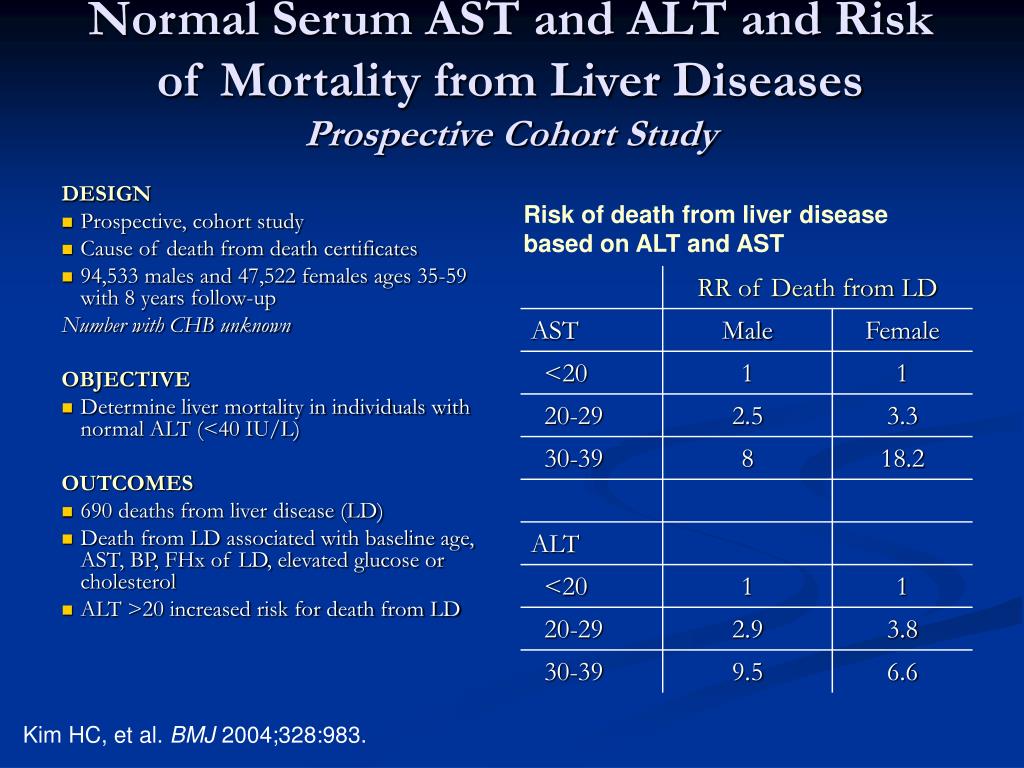
- Liver diseases . Elevated ALT levels can be associated with various liver diseases such as hepatitis, cirrhosis, jaundice, and others. In these cases, an increase in ALT levels may be one of the first signs of the disease.
- Alcoholism . Heavy drinking can lead to liver damage and elevated ALT levels.
- Muscle injury . Muscle injury can lead to elevated ALT levels. Also, exercises that cause intense stress on the muscles can lead to an increase in ALT levels for a short time.
- Medicines . Certain medications, such as aspirin, antibiotics, steroids, and others, can raise blood levels of ALT.
Remember that elevated ALT is not a disease in itself, but only a marker. Diagnosis and identification of the causes of elevated levels of ALT in the blood requires a visit to a doctor and further examination.
Diseases that cause elevated levels of ALT in the blood
Hepatitis
An increase in the level of ALT in the blood is often associated with hepatitis – viral or alcoholic. Hepatitis is an inflammatory reaction of the liver that can lead to elevated levels of ALT in the blood. With viral hepatitis, ALT can increase by several tens of times.
Hepatitis is an inflammatory reaction of the liver that can lead to elevated levels of ALT in the blood. With viral hepatitis, ALT can increase by several tens of times.
Cirrhosis of the liver
Cirrhosis of the liver is a chronic disease in which healthy liver tissue is replaced by scarring, which can lead to decreased liver function. A high level of ALT in the blood can be one of the signs of cirrhosis of the liver.
Cholelithiasis
In gallstone disease, stones form in the gallbladder or bile ducts, which can lead to inflammation of the liver. ALT levels may be elevated in acute or chronic inflammation of the liver associated with gallstone disease.
Aminotransferase dystrophy (ATD)
Aminotransferase dystrophy is a genetic disease that causes an increase in ALT levels in the blood. This is due to a violation of the transfer of the amino acid alanine between cells.
Other diseases
Elevated levels of ALT may also be associated with other liver diseases such as hepatosis (changes in the structure of the liver), liver cancer or even heart failure.
Some diseases associated with elevated levels of ALT Disease Description
| Hepatitis | Inflammation of the liver, causing an increase in the level of ALT in the blood |
| Cirrhosis of the liver | Chron |
| Cholelithiasis | Stone formation in the gallbladder or bile ducts causing liver inflammation and elevated ALT |
| ATD | Genetic disease that causes an increase in the level of ALT in the blood |
| Hepatosis | Change in the structure of the liver that causes an increase in the level of ALT in the blood |
| Liver cancer | Liver cancer or metastases causing elevated blood ALT levels |
| Heart failure | Decreased heart function causing elevated blood ALT levels |
Symptoms of elevated blood levels of ALT
Elevated levels of ALT in the blood can be a symptom of various diseases and organ dysfunctions.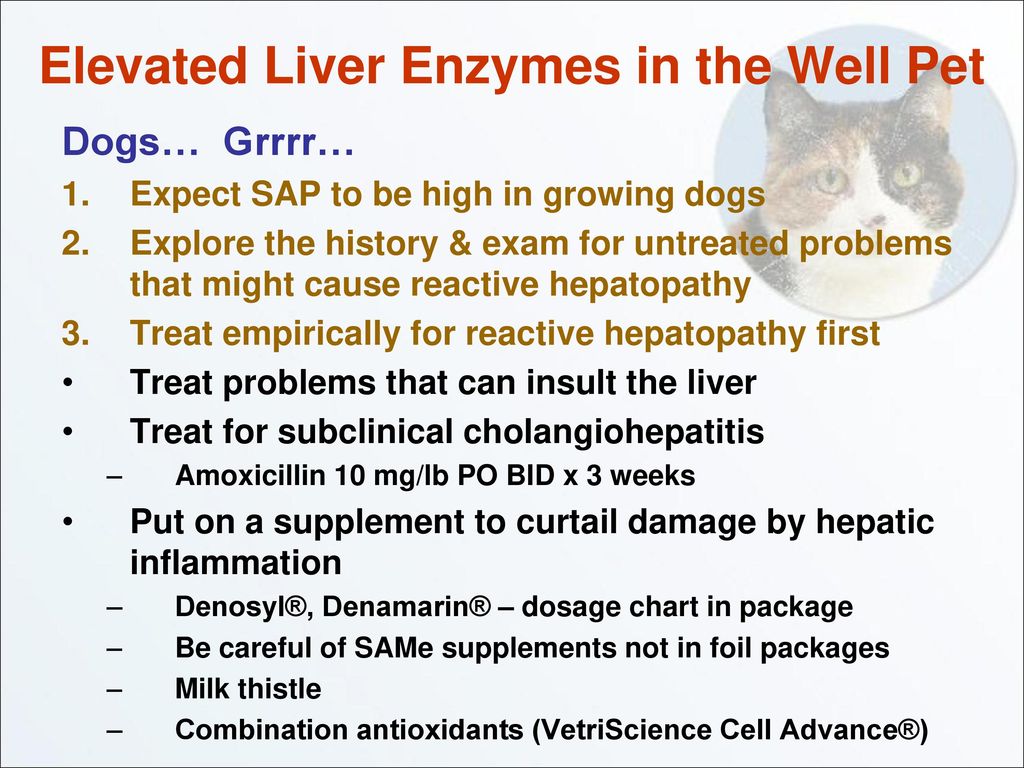
One of the main signs of elevated ALT levels in the blood is pain in the right upper quadrant of the abdomen. Liver-related symptoms may also be observed: yellowness of the skin and mucous membranes, swelling of the abdomen, impaired digestion and weakness. In addition, elevated ALT levels may be accompanied by an enlarged spleen, as well as pain in the heart and muscles.
Increased ALT may indicate the presence of viral hepatitis, cirrhosis of the liver, liver cancer, alcohol and drug intoxication, diseases of the liver, bile ducts and biliary tract. Elevated ALT levels can also be observed in people with diabetes and obesity.
If you have symptoms of elevated ALT levels in the blood, it is important to immediately consult a doctor and undergo a comprehensive examination in order to identify the cause of this condition and begin timely treatment.
Diagnosis of elevated ALT levels
Diagnosis of elevated blood ALT levels begins with a complete blood count, which is often performed during routine checkups. If the ALT level exceeds the norm, then the doctor may prescribe additional studies.
If the ALT level exceeds the norm, then the doctor may prescribe additional studies.
More specific tests, such as blood chemistry, urine, and feces, and ultrasound of the liver and gallbladder, may be used to confirm the diagnosis and determine the cause of elevated ALT levels.
- Blood chemistry tests can help determine specific ALT levels as well as other indicators associated with liver disease;
- Ultrasound examination of the liver and gallbladder allows you to determine possible changes in these organs and study their structure;
- Urine and feces analysis helps to find out which metabolic products are excreted from the body;
Depending on symptoms and other factors, your doctor may order additional tests and procedures to identify the cause of your high ALT levels. The results of all these studies will help to make an accurate diagnosis and prescribe the right treatment.
ALT Tests: Preparation and Procedure
ALT testing requires preparation.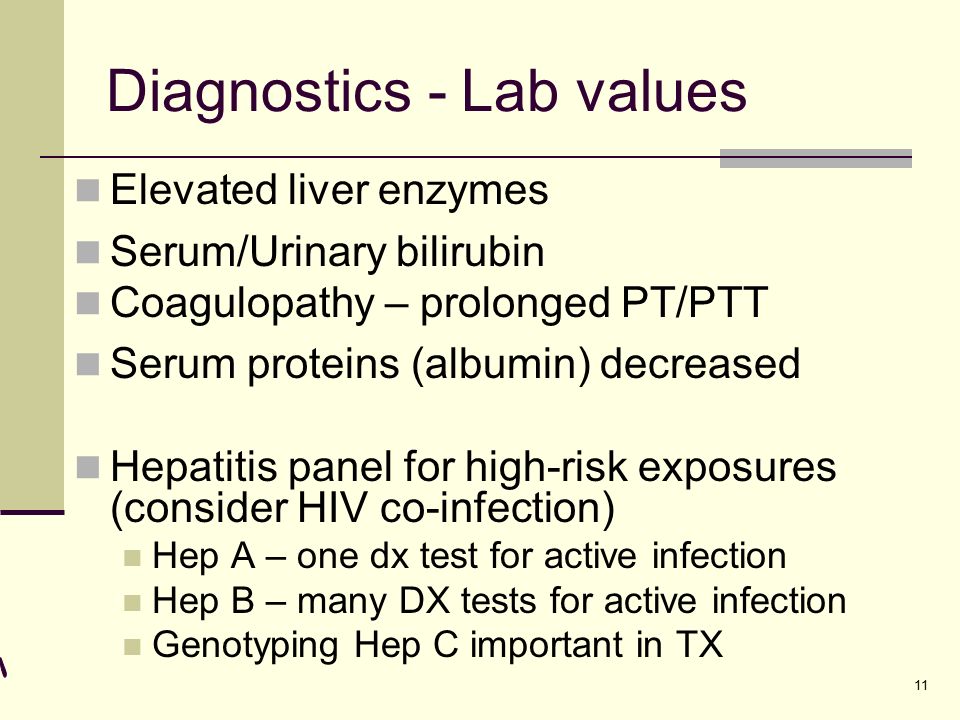 Within 12 hours before blood sampling, it is recommended not to eat, and also to exclude the intake of alcohol, fatty and fried foods, and smoking. This will help avoid distorting the analysis results.
Within 12 hours before blood sampling, it is recommended not to eat, and also to exclude the intake of alcohol, fatty and fried foods, and smoking. This will help avoid distorting the analysis results.
The process of taking blood to determine the level of ALT does not differ from the generally accepted procedure for taking blood. The health worker makes a small incision on the inner surface of the elbow and takes the required amount of blood into a special tube. The blood sample is then sent to the laboratory for analysis.
ALT results are usually available 1-2 days after blood sampling. With elevated ALT levels, additional diagnostics may be required to identify the cause of this phenomenon, but only a doctor can determine the need for such a study.
ALT blood levels
ALT (alanine aminotransferase) is an enzyme that is produced in liver cells and other body tissues. The normal level of ALT in the blood in adult men does not exceed 45 units per liter, in women – no more than 34 units per liter.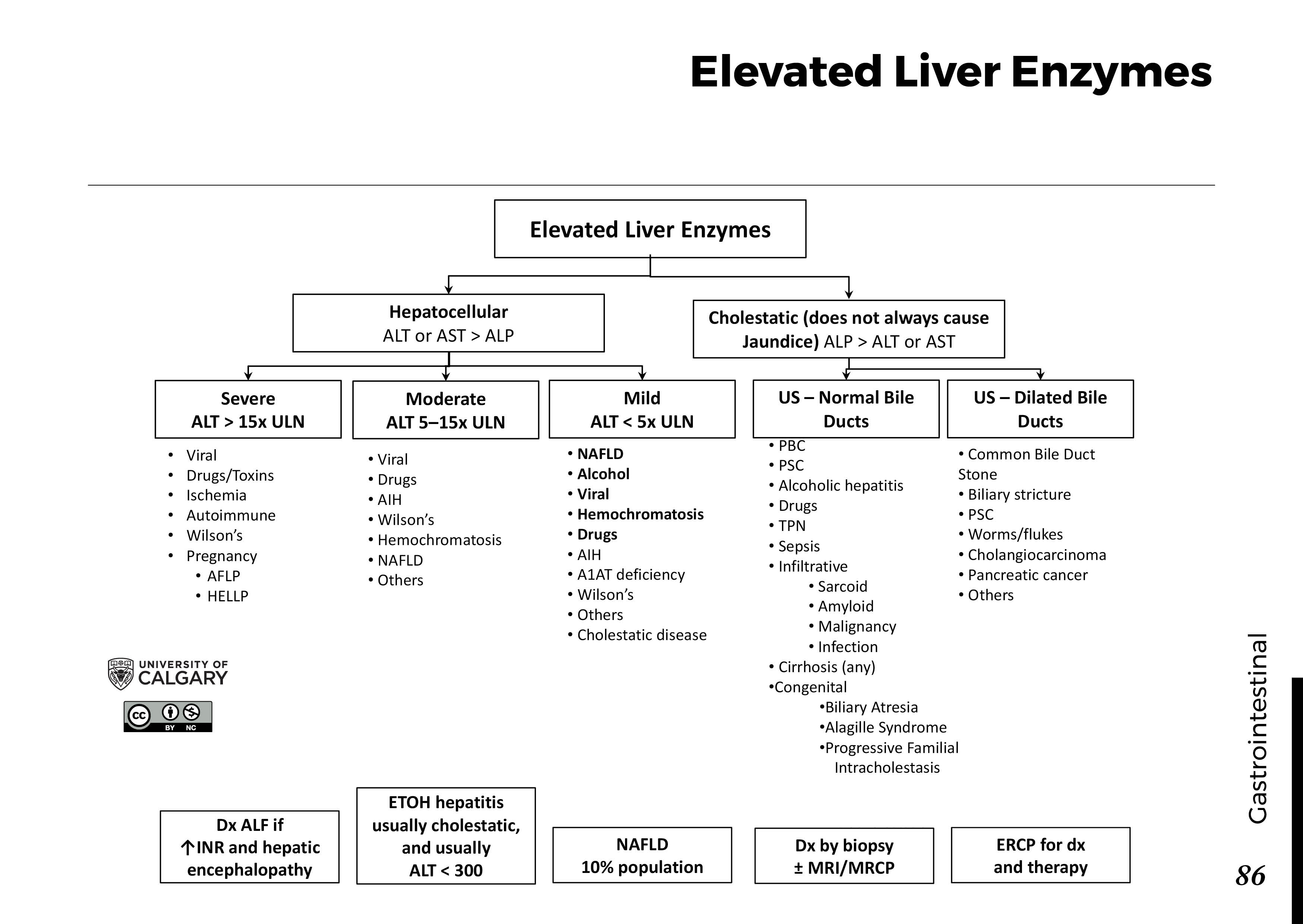
In children and adolescents, normal ALT levels may vary by age. So, in children under the age of 9, the normal level of ALT is no more than 50 units per liter, in adolescents aged 9 to 12 years – no more than 45 units per liter, and in boys and girls aged 12 to 18 years – no more than 55 units per liter.
It is important to note that ALT levels may vary depending on the assay methods used in the laboratory. When interpreting the results, it is necessary to take into account the specific methods and norms adopted in this laboratory.
Q&A:
What is ALT and what is its blood level?
ALT (alanine aminotransferase) is an enzyme that is found inside the liver cells and is responsible for the metabolism of amino acids in the body. The norm of ALT in the blood in men is 10-40 U / l, and in women – 7-35 U / l. However, with various diseases, the norm may deviate upwards.
What diseases can cause elevated blood levels of ALT?
Elevated ALT levels may be associated with liver disease (hepatitis, cirrhosis, fatty degeneration), heart disease (heart attack, arrhythmia), problems with the external bile duct, and other diseases associated with impaired amino acid metabolism (eg, diabetes).
Can elevated ALT levels be related to medication?
Yes, some medications can increase ALT levels in the blood, such as anti-tuberculosis drugs, antivirals, steroids, anti-cancer drugs, antibiotics, etc. Therefore, you should tell your doctor that you are taking any medications before testing.
What test should be taken to determine the level of ALT in the blood?
A blood chemistry test is required to determine the level of ALT in the blood. Usually, this analysis is prescribed in combination with other tests, for example, complete blood count, bilirubin level, AST, etc.
Is it possible to determine the level of ALT in the blood?
No, the determination of the level of ALT in the blood is possible only when donating blood in a medical institution and conducting an appropriate analysis. It is impossible to independently determine the level of ALT in the blood.
What should be done if ALT is elevated in the blood?
If ALT levels are elevated, you should see a doctor to diagnose the disease that caused this deviation. Depending on the cause of the elevated ALT level, your doctor will prescribe the appropriate treatment.
Depending on the cause of the elevated ALT level, your doctor will prescribe the appropriate treatment.
Treatment of elevated ALT levels
If elevated ALT levels are detected, consult a physician and follow treatment recommendations. Changes in diet and a healthy lifestyle can help reduce ALT levels, but in most cases, medication will be needed.
Depending on the cause of the elevated ALT levels, different medications are used. If the cause is viral, then antiviral drugs are needed, in the case of hepatitis, the establishment of timely diagnosis, the choice of appropriate therapy and its strict implementation.
In diseases of the biliary tract, choleretic, cholelithic preparations are recommended. In the presence of tumor processes, only surgical treatment can normalize the level of ALT. Additional recommendations for treatment should be prescribed by the attending physician.
It is not recommended to stop taking medications without your doctor’s consent.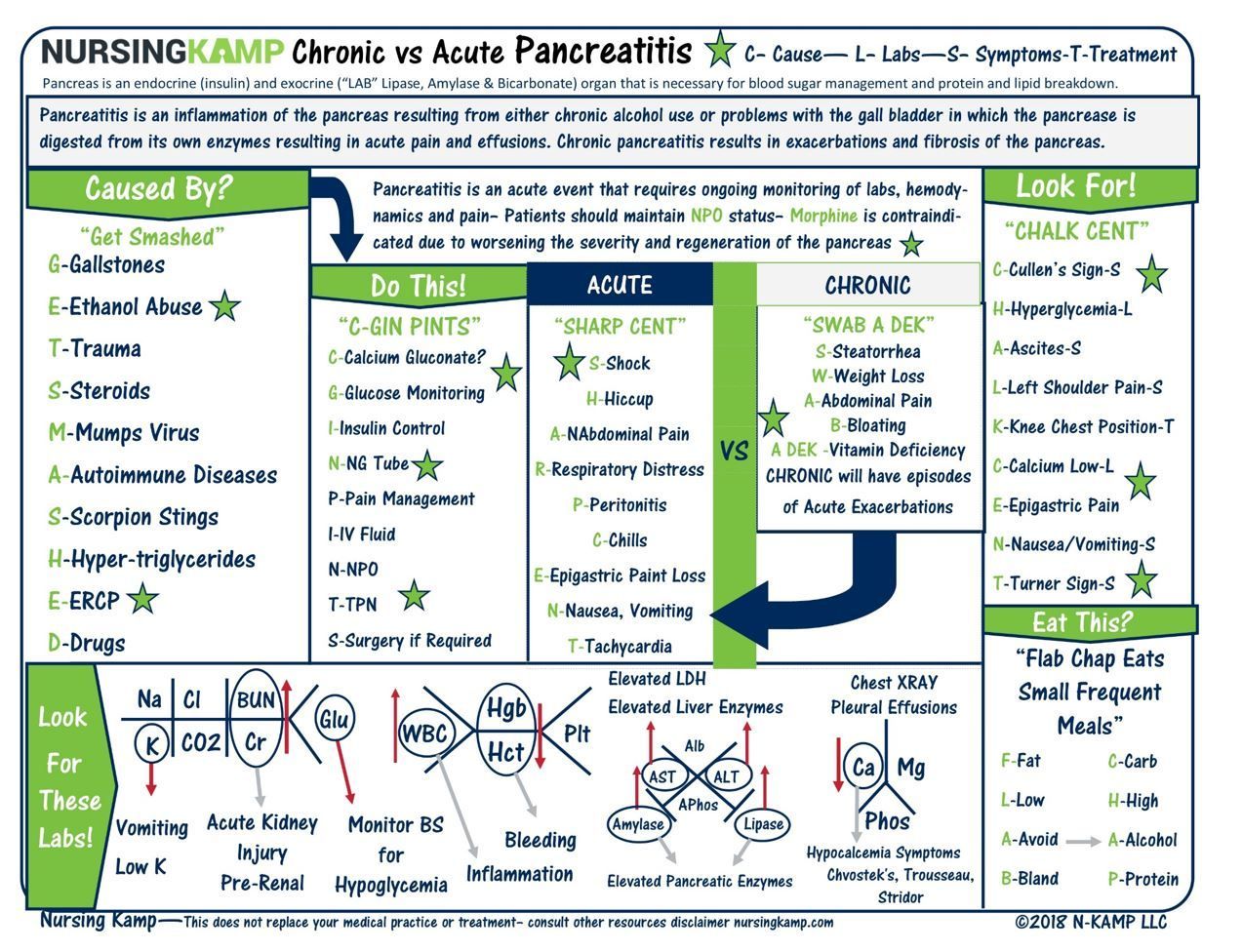
- Drug treatment should be carried out under medical supervision.
- Do not mix drugs with alcohol to avoid additional damage to the liver.
- It is important to take care of your health and have regular medical check-ups.
If you experience pain in the right hypochondrium, weakness, fever, swelling and jaundice, you should immediately consult a doctor.
Related videos:
ALT (ALT, Alanine aminotransferase, alanine transferase, SGPT, Alanine aminotransferase)
Alanine aminotransferase (AlAT, ALT) is an intracellular enzyme, the content of which in the blood of healthy people is low. It is mainly found in the cells of the liver, myocardium, skeletal muscles, pancreas. When cells containing ALT are damaged or destroyed, the enzyme is released into the bloodstream, and its concentration in the blood increases.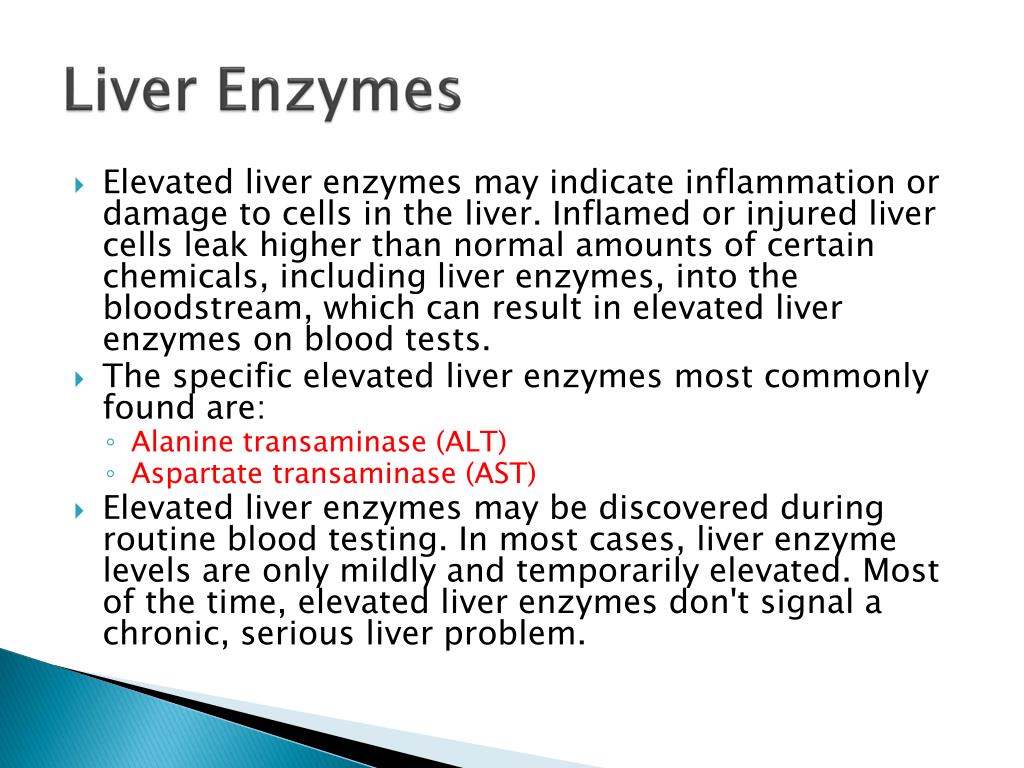
Determination of the level of alanine aminotransferase is carried out for the diagnosis of liver diseases and dynamic monitoring of their treatment. The analysis is performed for suspected acute or chronic hepatitis of viral or toxic etiology, cirrhosis of the liver, primary tumors, or metastatic liver disease.
The growth of alanine aminotransferase in the blood in hepatitis is noted much earlier than the onset of the icteric stage, which makes it possible to identify the pathology at the initial stage.
As part of a screening examination (preventive examination of persons who do not have complaints) to assess the state of the liver, before planned hospitalization and surgical treatment, an analysis for ALT is prescribed together with another enzyme – AsAT (aspartate aminotransferase).
The level of ALT together with other enzymes is evaluated in diseases of the pancreas and gallbladder – pancreatitis, cholecystitis, cholelithiasis; if there are complaints of unexplained general weakness, fatigue, yellowness of the skin and sclera, abdominal pain, including a feeling of heaviness in the right hypochondrium, nausea, vomiting.
In addition, the ALT level is taken into account in myocardial infarction and myocarditis, although in cases of heart damage it is only of secondary importance. The study is prescribed for suspected myositis, myodystrophy, when complaints of muscle pain cannot be explained by injuries or excessive physical activity.
Donation is a mandatory reason for testing for ALT.
ALT values are assessed in any chronic disease, before prescribing drug therapy, for example, antitumor, anti-tuberculosis drugs, to assess the initial state of the liver and over time to assess drug tolerance.
Preparation for the procedure
It is better to take the test in the morning on an empty stomach (after an 8-14 hour break after the last meal).
Drinking water is allowed.
If necessary, it is permissible to donate blood 4-6 hours after a light meal.
On the eve it is desirable to avoid physical and emotional overload, overeating.
Avoid alcohol intake 5-6 days before the test.
Avoid smoking 30 minutes before blood sampling.
Deadline
The survey is completed within one business day.
What can affect the results
Intense physical activity the day before and even a few days before the test can lead to damage to muscle tissue (the so-called tear of muscle fibers) and, accordingly, an increase in the level of ALT. For the same reason, the analysis given after the injury is not informative.
Taking alcohol, certain drugs (antibiotics, non-steroidal anti-inflammatory drugs, anticancer drugs, oral contraceptives, etc.) often distort the result of the study. The list of medications taken should be discussed with the doctor who ordered the analysis, cancel those that are possible – without risk to health.
ALT (ALT, Alanine aminotransferase, alanine transaminase)
For research, blood is taken from a vein. Usually, ASAT (AST, Aspartate aminotransferase) is determined simultaneously and the ratio of ASAT / AlAT (de Ritis coefficient) is estimated.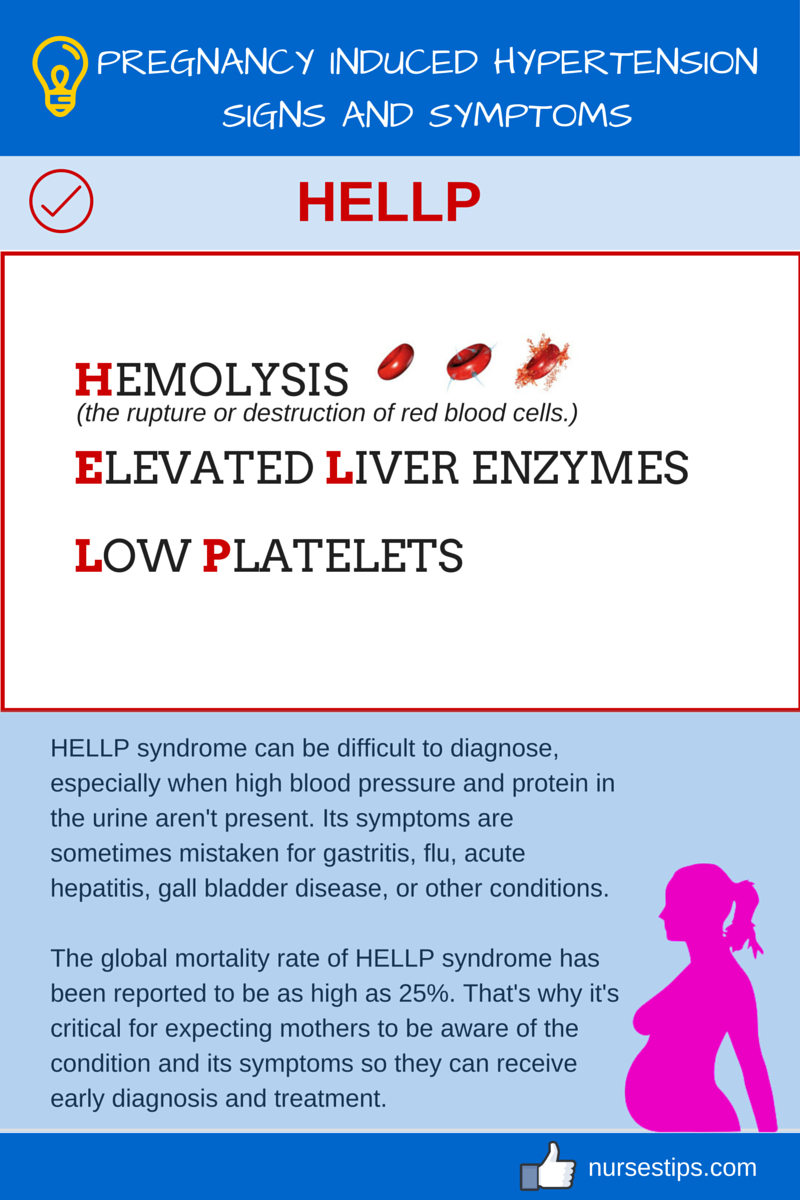
You can take a blood test for ALT (ALT, Alanine aminotransferase, alanine transaminase) at the nearest INVITRO medical office. The list of offices where biomaterial is accepted for laboratory testing is presented in the “Addresses” section.
Interpretation of test results contains information for the attending physician and is not a diagnosis. The information in this section should not be used for self-diagnosis or self-treatment. An accurate diagnosis is made by the doctor, using both the results of this examination and the necessary information from other sources: history, results of other examinations, etc.
Normal
Units of measure: U/l.
Reference values
| Floor | Age | AlAT level, U/l |
| Both | < 5 days | < 49 |
| 5 days – 6 months | < 56 | |
| 6 – 12 months | < 54 | |
| 1 – 3 years | < 33 | |
| 3 years – 6 years | < 29 | |
| 6 – 12 years old | < 39 | |
| Male | 12 – 17 years old | < 27 |
| > 17 years old | < 41 | |
| Female | 12 – 17 years old | < 24 |
| > 17 years old | < 31 |
Explanation of indicators
The level of ALT depends on the age and sex of the patient. Minor deviations from the norm, as a rule, do not require drug therapy, and the recommendations associated with them, such as rational nutrition, avoidance of alcohol, etc. should be discussed with your doctor.
Minor deviations from the norm, as a rule, do not require drug therapy, and the recommendations associated with them, such as rational nutrition, avoidance of alcohol, etc. should be discussed with your doctor.
The AST/ALAT ratio (de Ritis ratio) is normally between 0.91 and 1.75.
What do low readings mean
A significant decrease in the level of ALT can be detected in severe liver damage, for example, in the terminal stage of liver cirrhosis, when the number of liver cells is significantly reduced.
What do elevated readings mean
First of all, with an increase in ALT, liver problems should be suspected: fatty hepatosis, hepatitis of viral or toxic etiology, cirrhosis of the liver, liver cancer – primary or metastatic.
The degree of increase in ALT is usually associated with the extent or severity of liver damage, but cannot be considered as a determining factor for the prognosis of the disease. The maximum levels of ALT (and AST) – more than a hundred times higher than the norm, are observed in patients with acute viral and drug-induced hepatitis.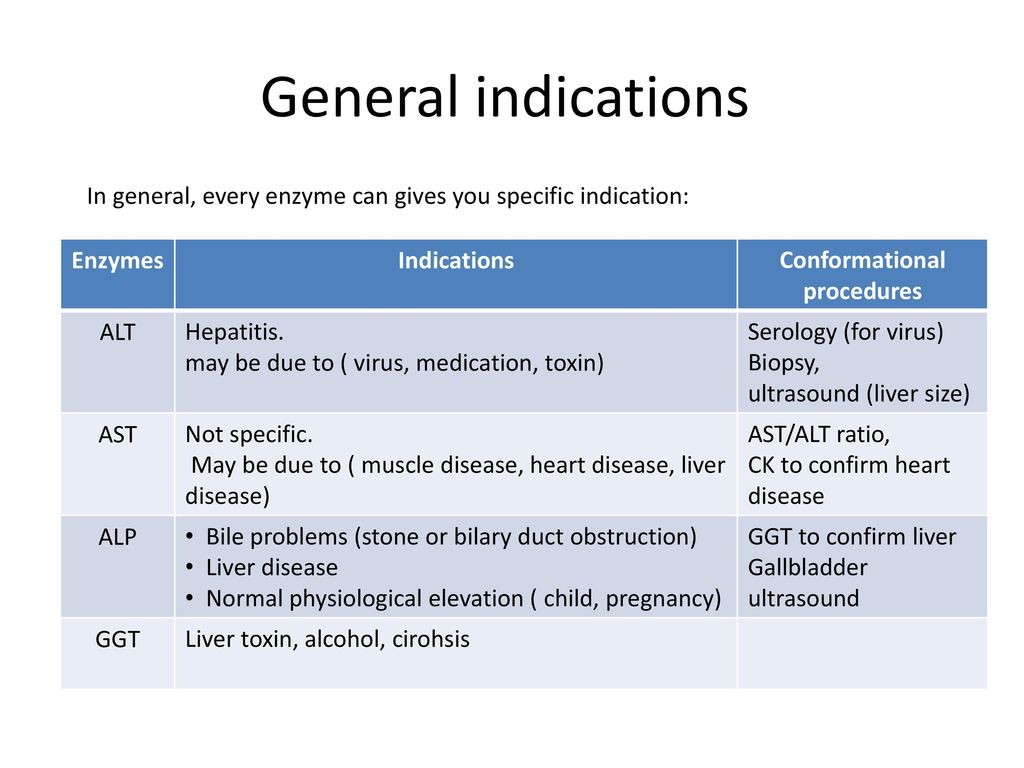
A significant increase in alanine aminotransferase can be observed in acute cholecystitis, cholelithiasis, and acute destructive pancreatitis. Another reason may be the use of hepatotoxic drugs that damage liver cells.
An increase in the level of ALT is detected with extensive injuries of the skeletal muscles, severe myositis and myodystrophy, frequent intramuscular injections.
A less significant increase in ALT is recorded in acute myocardial infarction and myocarditis.
Additional examination in case of deviation of the indicator from the norm
If a change (often an increase) in the level of ALT is detected, patients are consulted
general practitioners
,
gastroenterologists
, hepatologists, infectious disease specialists.
To clarify the diagnosis, in addition to ALT, other liver enzymes (AST, gamma-HT, alkaline phosphatase, bilirubin), clinical blood counts, and markers of viral hepatitis, primarily hepatitis B and hepatitis C, are usually examined.
An ultrasound examination of the abdominal organs is performed, according to indications – computed tomography (CT) with contrast.
If damage to the skeletal muscles is suspected, the CPK enzyme is additionally examined and a rheumatologist is consulted.
If there is a suspicion of damage to the heart muscle, a consultation with a cardiologist is required. Usually, the doctor prescribes additional electrocardiography (ECG), echocardiography, blood test for CF-CF, troponin I.
The role of new reference values of alanine aminotransferase in the diagnosis of various forms of non-alcoholic fatty liver disease in patients with metabolic syndrome. Journal of Biomedical Technologies № 1. 2015. P. 9-15.

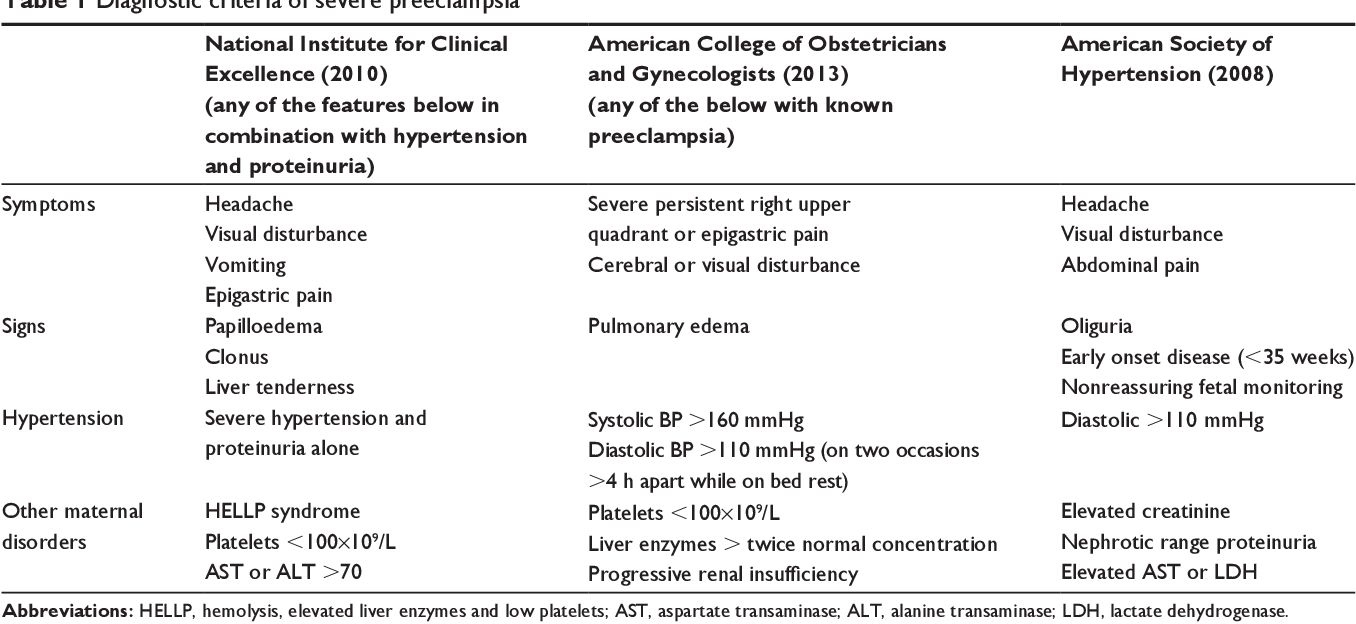 No matter the cause, fatty liver disease raises your liver enzyme levels.
No matter the cause, fatty liver disease raises your liver enzyme levels.
 7 Diagnosis of elevated levels of ALT
7 Diagnosis of elevated levels of ALT